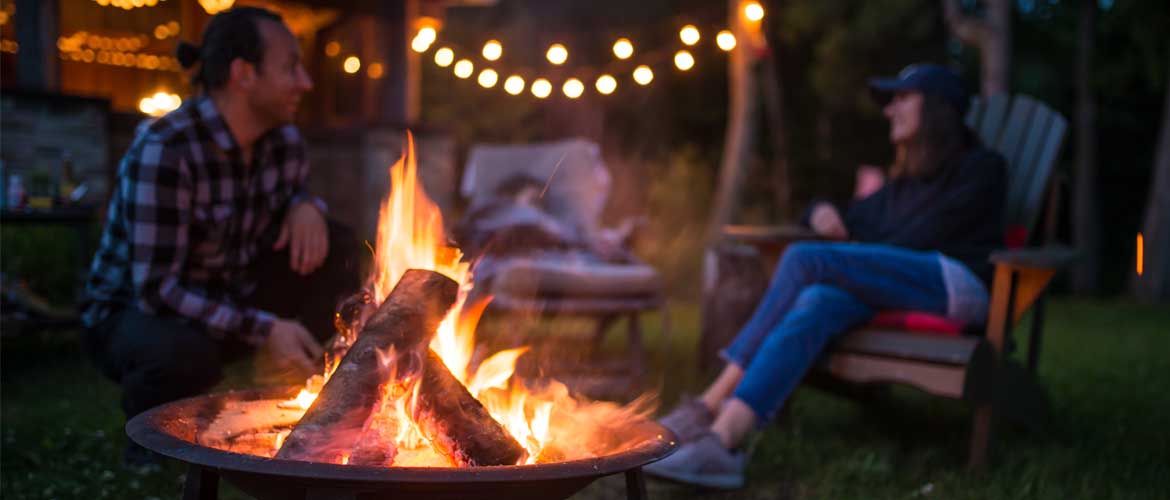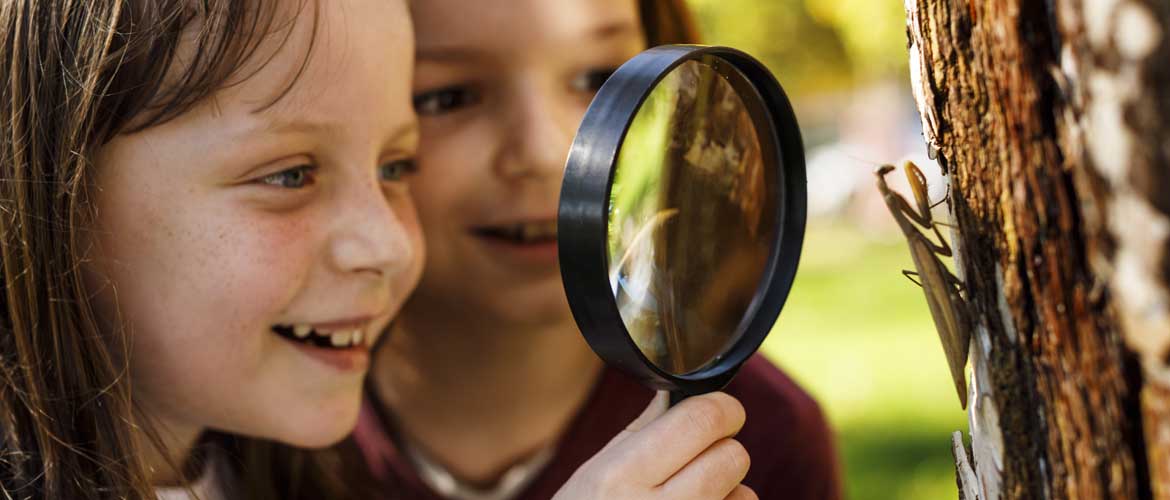June 19, 2023
Prevention Tips | Symptoms | Remedies
Summertime is on its way. The grass is getting greener, the birds are singing, the sun is shining. You’ve packed your picnic basket, or maybe you’ve grabbed your beach towel and are headed to the pool. Yes, you’ve applied sunscreen and have packed extra for when it wears off. You’re all set for a fun day in the sun.
But despite all of your planning, you’ve forgotten something small, or maybe not so small… the ten quintillion insects that you may end up sharing your sunny day with.1 And while you can’t always prevent bug bites from happening, we’re sharing tips to help keep bugs away from your summer adventures and ways to alleviate their annoying aftereffects with DIY remedies right from your home.
Keep Bugs Away to Prevent Bites and Stings
Headed to a concert, picnic, or going camping? Or maybe you’re just headed out for a fun night at the drive-in theater. Either way, bugs will find you when you’re outdoors.

Have you ever noticed that some bugs, like mosquitoes, seem to be more bothersome when you’re at a party or event with a large group of people? Or when you’re working out or playing an outdoor pick-up basketball game? That’s because mosquitoes are attracted to carbon dioxide which you naturally exhale. And the more CO2 that is being exuded from one individual or a group, the more likely you are to invite mosquitoes to your hangout, without even realizing it.2
Luckily, there are some easy, precautionary steps you can take to help prevent bug bites and stings altogether.
Cover Up
While summertime often means warm temperatures, there’s value in staying covered up. Long sleeve shirts and pants, boots and closed toe shoes, and tucking your pant legs into your socks or boots can help minimize the amount of skin that bugs can access.
Use an Insect Repellent
Help ward off mosquitoes, gnats, chiggers, and other biting insects by regularly applying insect repellent. Make sure that the repellent you purchase contains N,N-Diethyl-m-toluamide, more commonly known as DEET*, and make sure that you apply your repellent correctly to your face, body, and clothing.
Check for Bugs

Any time you come inside from an outdoor activity, make sure you are checking yourself and those with you for pesky hitchhikers who may be clinging to clothing, skin, or hair. Remove any noticeable insects with tweezers, and if you find a tick, bag it and tag it in case it needs to be tested later for Lyme disease.
Bug Bite and Sting Symptoms to Watch For
Some of the most common bites and stings in the United States come from mosquitos, flies, fleas, chiggers, ticks, spiders, lice, and bed bugs. Luckily, most are harmless – if not a little pesky – and heal quickly. But as with most things, reactions to bug bites and stings vary for each individual, and also for each bug, so monitoring the symptoms of bug bites and stings is important to provide clues to the cause and severity.
The most common symptoms for bites and stings are:
Mild Bites or Stings:
- Minor swelling.
- Soreness or pain.
- Redness with itching or burning.
Severe Bites or Stings:
- Trouble breathing or swallowing.
- Swelling in your mouth or throat.
- Nausea or vomiting.
- Red rashes or hives.
- Ulceration or black tissue at the site of the bite or sting.
- Dizziness or loss of consciousness.
If symptoms are severe, call 911 and get immediate medical help.
Treating an Infected Bug Bite
All bug bites can lead to infection because they cause breaks in the skin. Fortunately, most bug bites do not become infected, and you’ll just have to deal with a few days of itching. However, if you start to notice red streaks, the bite area spreads or your pain worsens, we recommend seeking more urgent medical treatment.
Other signs your bite may be infected include: puss in or around the bite, a blister filled with clear fluid, swelling, pain, or redness. Consider seeking medical treatment, as it may require antibiotics.
MedExpress Tip: A bite or sting can turn into a blister and it might be tempting to pop it, but don’t do it! Popping a blister could lead to an infection. These blisters don’t usually cause pain unless they burst and expose the new skin underneath.
If the blisters do rupture spontaneously, keep the wound clean and covered with ointment or Vaseline to limit scarring and the spread of infection.
DIY Bug Bite Remedies
From a pesky itch to annoying bumps on your skin, bug bites and stings often leave behind their mark for several days. If you find yourself wondering how to get rid of bug bites quickly or what to put on bug bites to alleviate pain or stop the itch – we’re here to help. You most likely have a couple remedies and things you can do right in your home to help make things a little less irritating.
Cool the Area
To reduce pain and swelling, apply a cold pack or cloth filled with ice as soon as you can. This is a great first step to help combat the dreaded itch that can sometimes last for days.
Draw Yourself a Relaxing Bath with Candles, Music… and Oatmeal
That’s right – an oatmeal bath with lukewarm, not hot, water can help alleviate itchy skin (and bug bites). These common oats include fats and sugars which help to lubricate dry, itchy skin. Just remember to be mindful of the water temperature. It’s best to draw a lukewarm bath since hot water may dry your skin out further, and as a result, make your skin and bug bite itchier than it was to begin with.
If you don’t want to take a bath, but still want to stop itching, you can make an oatmeal paste by mixing equal amounts of oatmeal and water and apply it directly to the irritated skin for about 10 minutes. This makes a great DIY mosquito bite remedy!
Benadryl cream is also available over the counter and great at alleviating itch without systemic side effects when applied directly to the bite.
Trim Your Fingernails
While you may want to keep your manicure presentable, it’s a good idea to trim your fingernails short to help prevent yourself from inevitably scratching the bug bite. At all costs you should refrain from scratching, which can lead to infection. And if there’s no way around it, rubbing itchy areas with the palm of your hand can be a safer alternative in a moment of discomfort. Noticing puss in or around the bite, swelling, pain, or redness? It may be infected. Consider seeking medical treatment, as it may require antibiotics.
Check Your Medicine Cabinet
Often found in your medicine cabinet, an antihistamine, such as Benadryl, can be taken orally to help relieve symptoms of itchiness and swelling. Before taking any new medications, always be sure to consult your doctor.
Add a Little Cream
You can also help stop the itch by applying a 1% or 0.5% hydrocortisone cream, calamine lotion, or a baking soda paste to the bite or sting several times a day.
*Insect repellants containing DEET should only be used for those ages 2 and up. For those that are not comfortable using DEET-containing products, some alternatives do exist and should be discussed with your healthcare provider.
Originally published April 2018. Updated June 2023.
share this post on Facebook
References:
1 Smithsonian BugInfo: Number of Insects (Species and Individuals). Accessed March 4, 2018.
2 WebMD: Are You a Mosquito Magnet? Published January 31, 2012. Accessed March 4, 2018.
